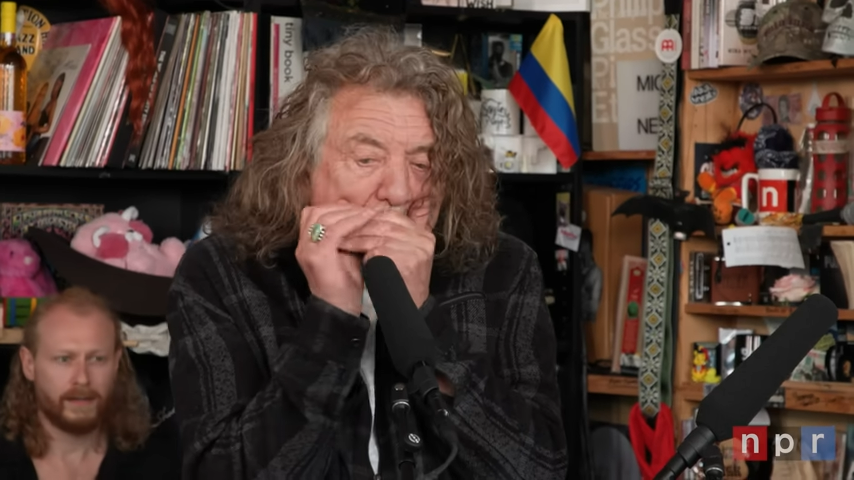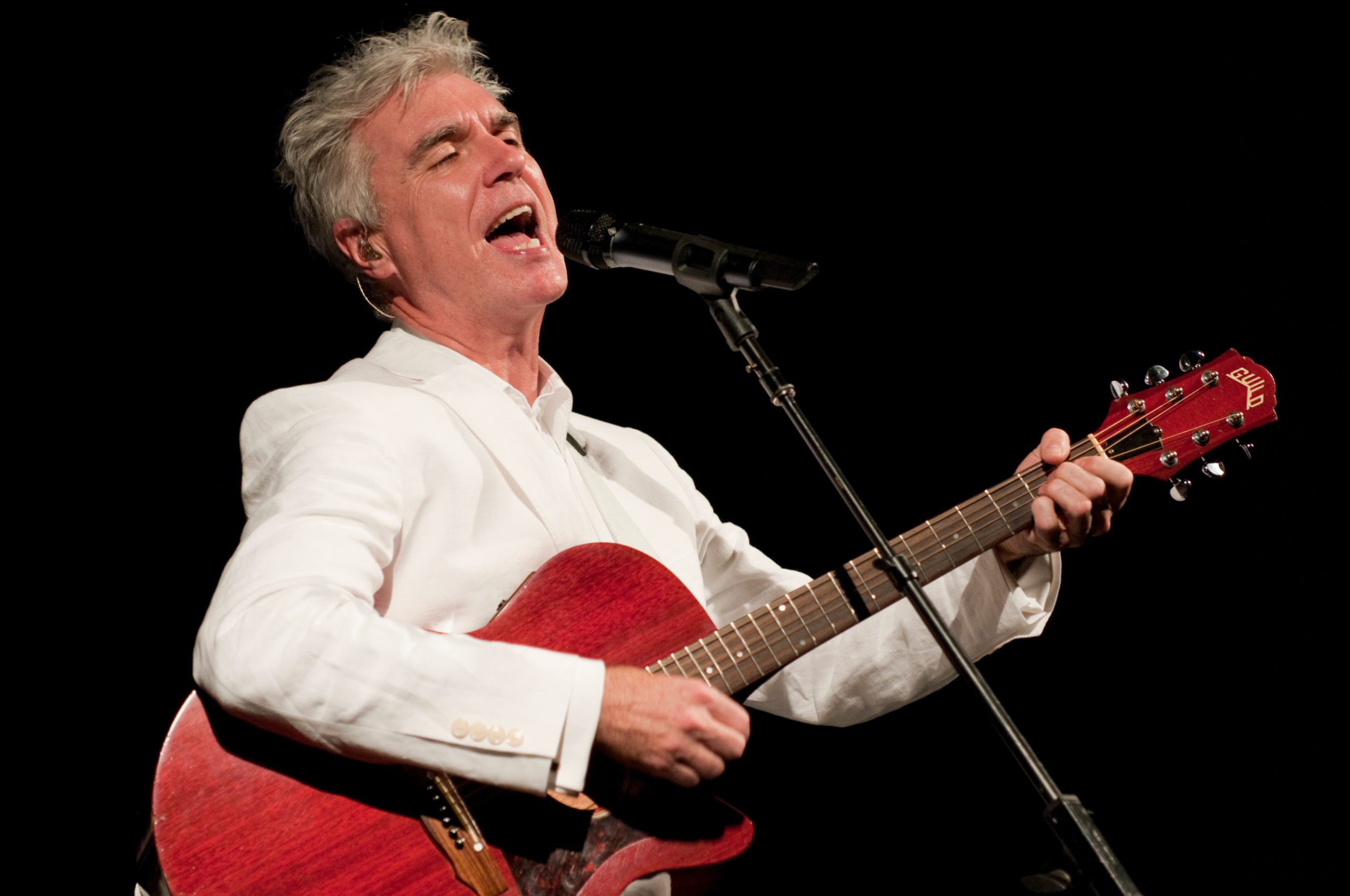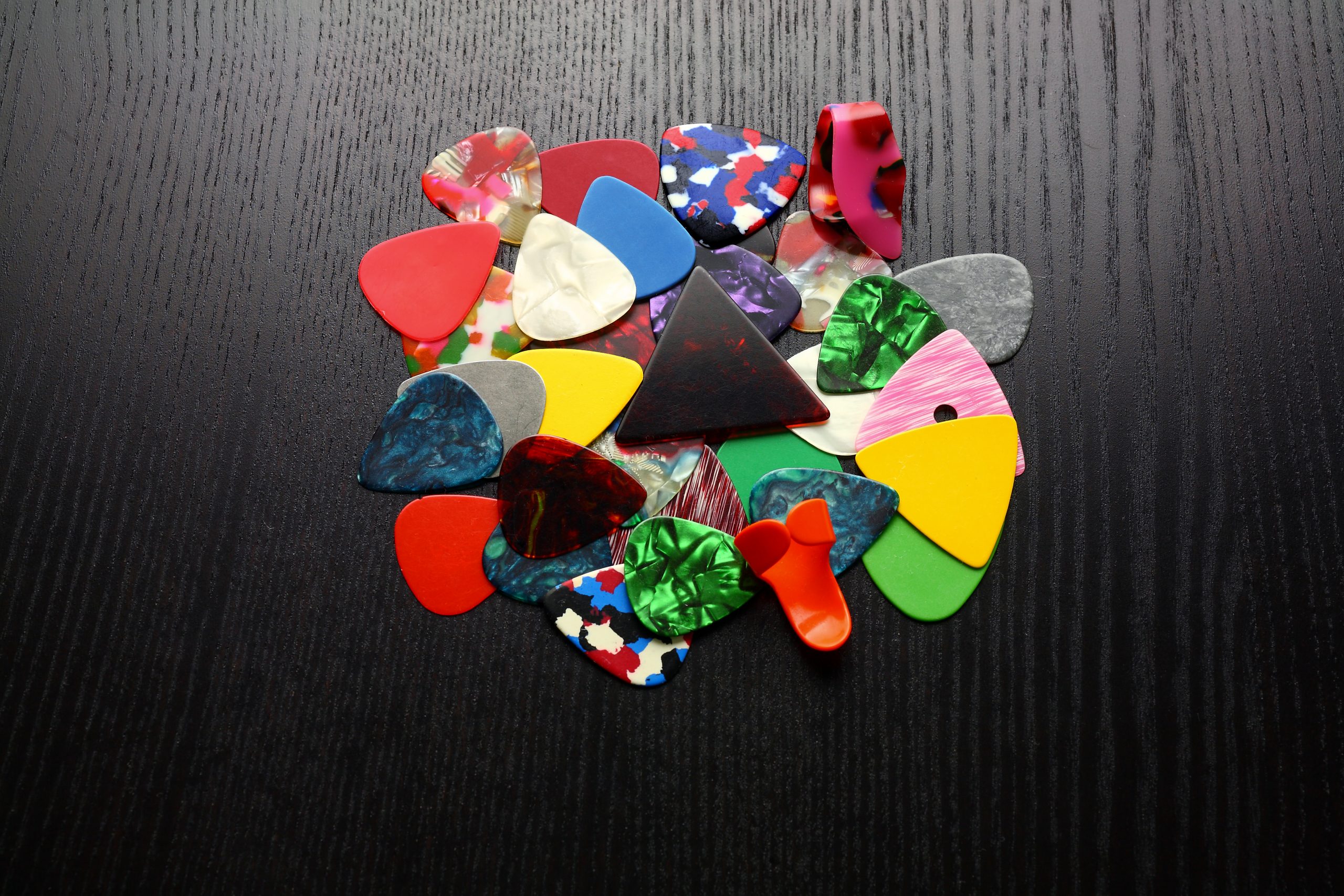The entertainment industry’s familiar script of discovering young talent and propelling them to stardom took a devastating plot twist last week. Karen Silva, whose powerhouse vocals carried her to the semifinals of The Voice Kids Brazil in 2020, died April 24 after suffering a hemorrhagic stroke. She was just 17.
The stroke that silenced her came with the stealth and speed of a digital cancellation. “She left home for lunch on Friday [April 18], and three hours later was in a coma,” her father Fernando told local media, his words carrying the bewildered grief of a parent confronting the unthinkable. No warning signs. No family history. Just a regular Friday lunch that somehow ended in São João Batista Hospital.
(You know that nightmare scenario where everything changes in an instant? This wasn’t a movie. This was real life.)
Silva burst onto Brazil’s cultural radar five years ago as that rare 12-year-old who could make adults stop scrolling and pay attention. Her journey began at eight when she set out to master “Oh Happy Day” – the musical equivalent of a beginner chess player aiming straight for grandmaster moves. The ambition proved prophetic.
For a generation of young Black girls in Brazil’s stratified entertainment landscape, Silva wasn’t just another reality show contestant. She was proof that the system could occasionally be penetrated by raw talent. The Instagram announcement of her death acknowledged this cultural impact, calling her “a symbol of empowerment” for those who found “inspiration and strength to dream” through her success.
Carlinhos Brown, the musical force who mentored Silva during the competition, described her as someone who “shone on our show and in life—always with a lot of joy and willingness to learn more about music.” Brown’s tribute highlighted the rare combination of natural talent and teachable spirit that set her apart from other contestants.
Silva’s 2025 was supposed to be her breakout year – the clothing line launch, the new music – all now cataloged in the cruel archive of what-might-have-been. The medical rarity that claimed her – hemorrhagic stroke affects roughly 0.5% of people under 19 – offers little comfort to those left asking why.
What separates Silva’s brief canon from the disposable celebrities of our content-saturated era was her authentic connection with an audience hungry for representation. Her journey from vocal lessons at age eight to semifinalist at twelve demonstrated a genuine development of talent that resonated with fans seeking authenticity in entertainment.
As tributes flood her social media, Silva’s short life stands as both celebration and warning – talent recognized yet potential unrealized. For every Karen Silva who briefly pierces the cultural consciousness, how many others never get the chance?
The star that burns twice as bright may indeed burn half as long, but in Silva’s case, the universe could have been considerably more generous with the timeline.


























